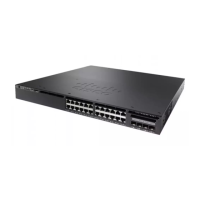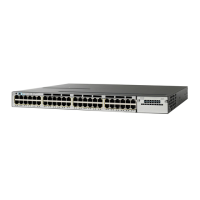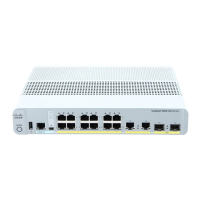boot
To load and boot an executable image and display the command-line interface (CLI), use the boot command
in boot loader mode.
boot [-post | -n | -p | flag] filesystem:/file-url...
Syntax Description
(Optional) Run the loaded image with an extended or comprehensive power-on self-test
(POST). Using this keyword causes POST to take longer to complete.
-post
(Optional) Pause for the Cisco IOS Debugger immediately after launching.-n
(Optional) Pause for the JTAG Debugger right after loading the image.-p
Alias for a file system. Use flash: for the system board flash device; use usbflash0: for
USB memory sticks.
filesystem:
Path (directory) and name of a bootable image. Separate image names with a semicolon.
/file-url
Command Default
No default behavior or values.
Command Modes
Boot loader
Command History
ModificationRelease
This command was introduced.Cisco IOS XE 3.3SECisco IOS XE 3.3SE
Usage Guidelines
When you enter the boot command without any arguments, the device attempts to automatically boot the
system by using the information in the BOOT environment variable, if any.
If you supply an image name for the file-url variable, the boot command attempts to boot the specified image.
When you specify boot loader boot command options, they are executed immediately and apply only to the
current boot loader session.
These settings are not saved for the next boot operation.
Filenames and directory names are case sensitive.
Examples
This example shows how to boot the device using the new-image.bin image:
Device: set BOOT flash:/new-images/new-image.bin
Device: boot
Command Reference, Cisco IOS XE Everest 16.5.1a (Catalyst 3650 Switches)
906
boot

